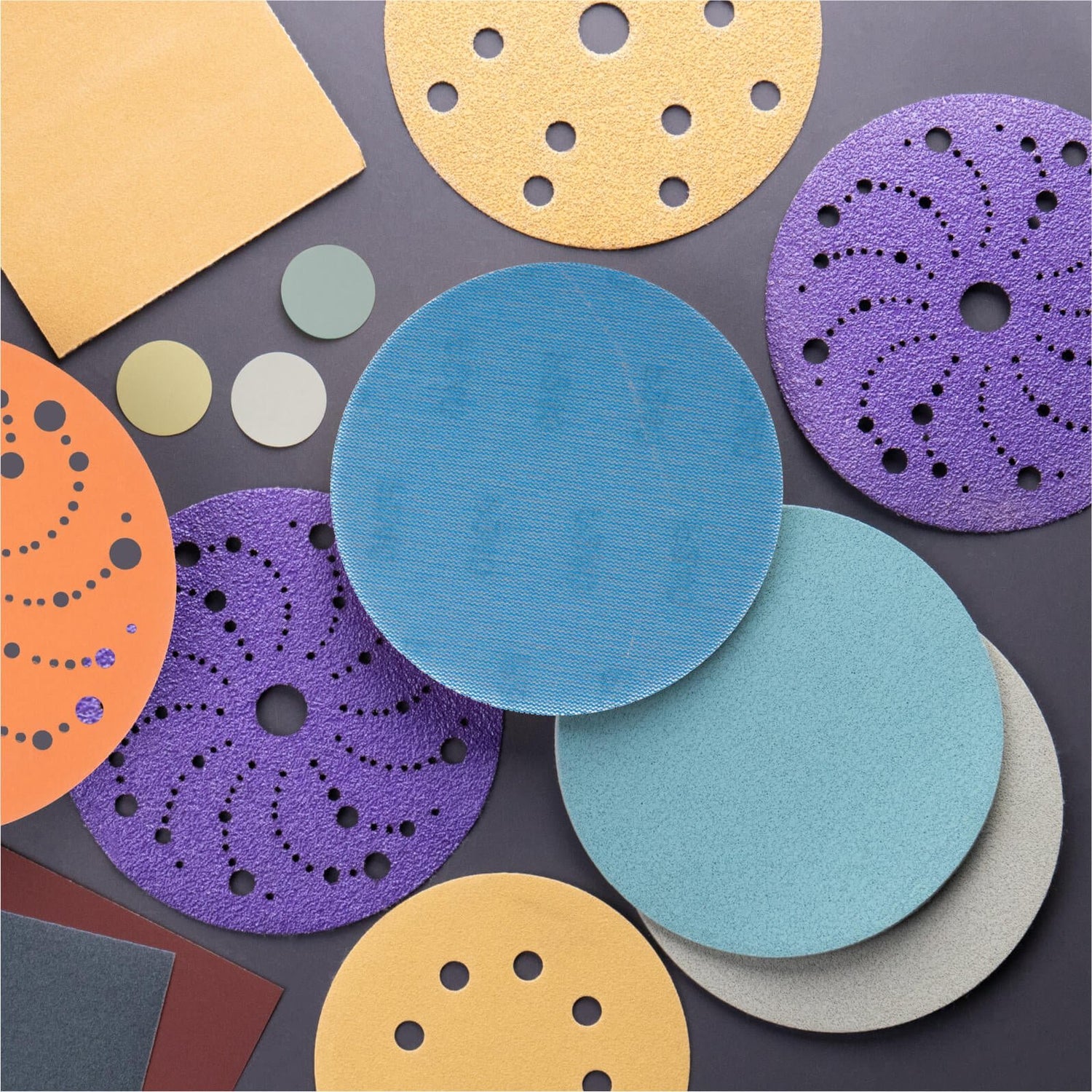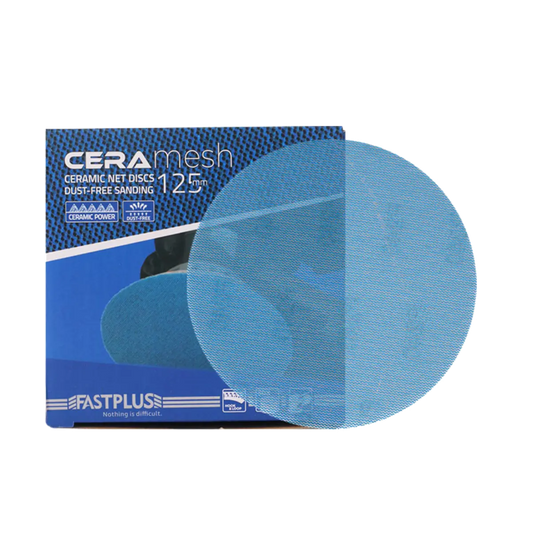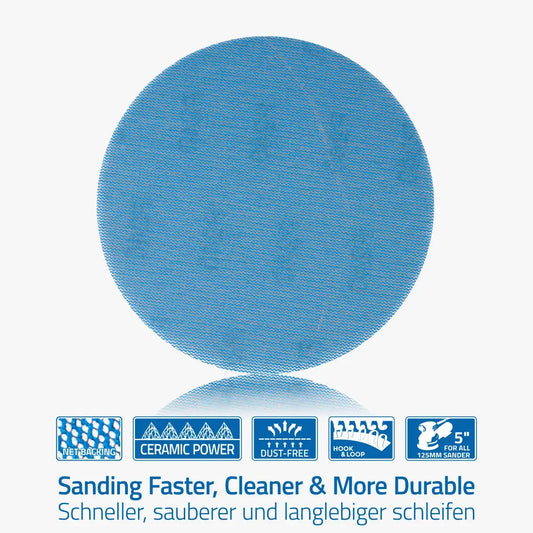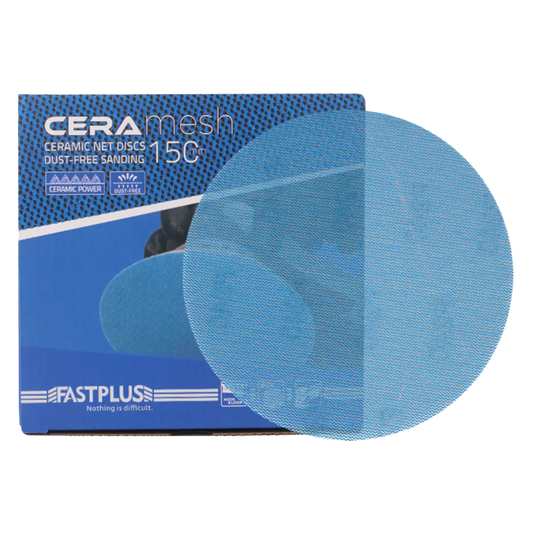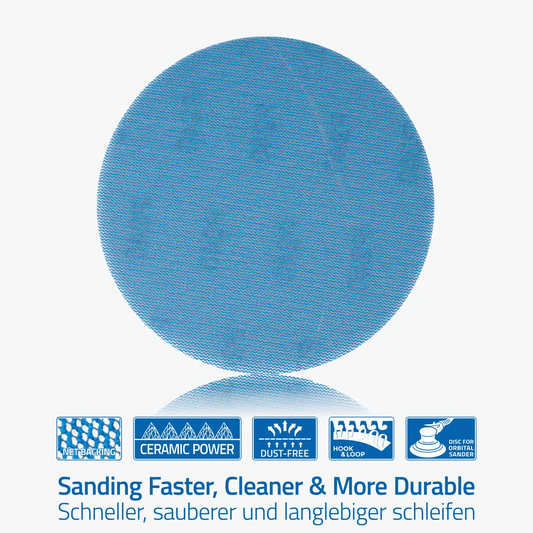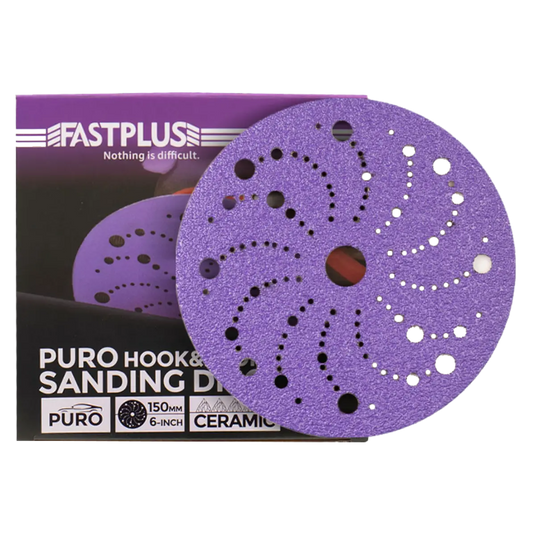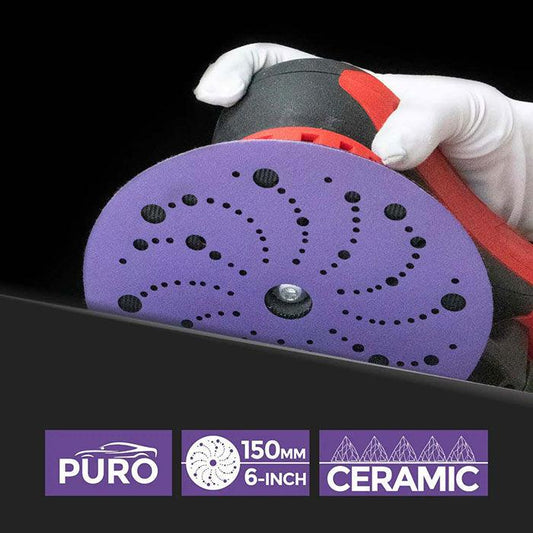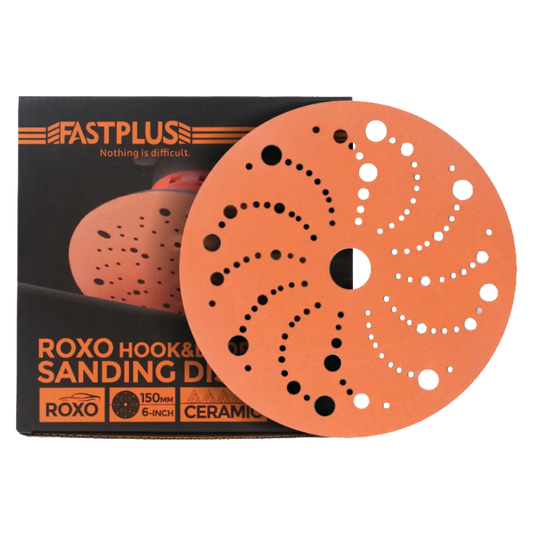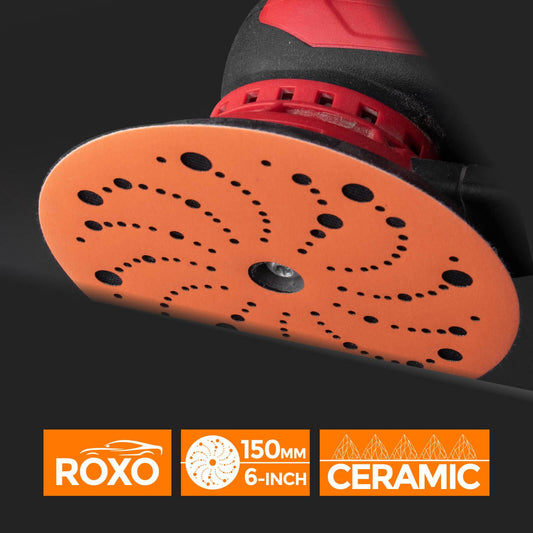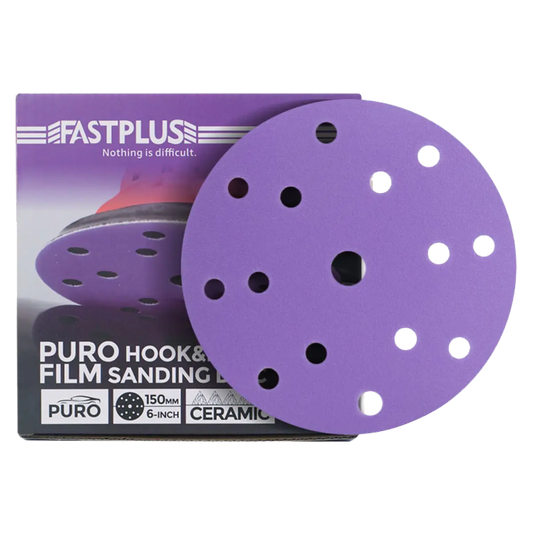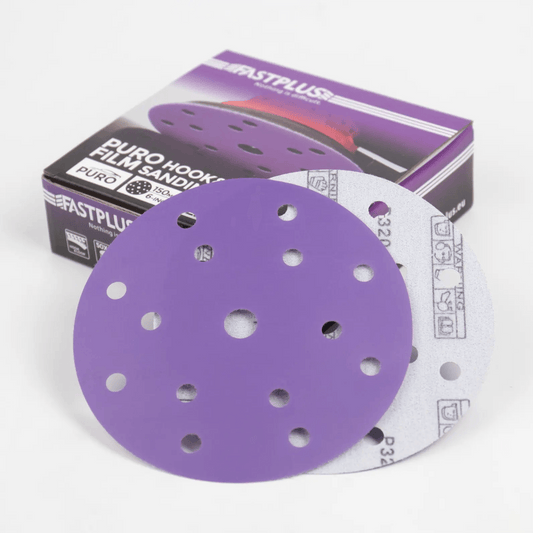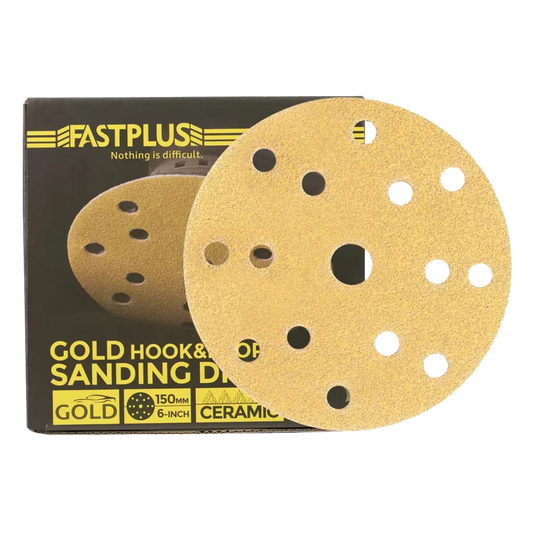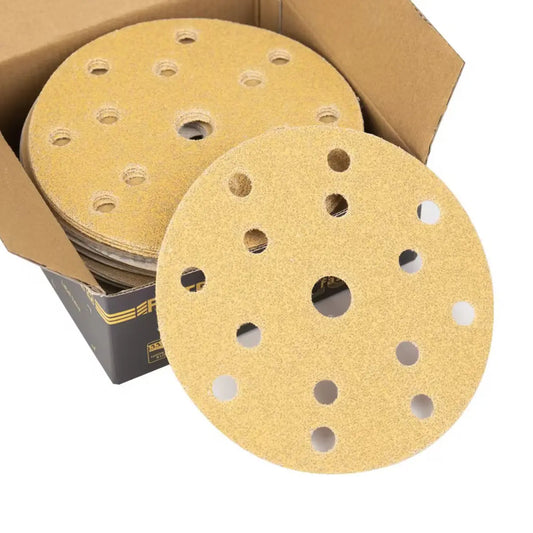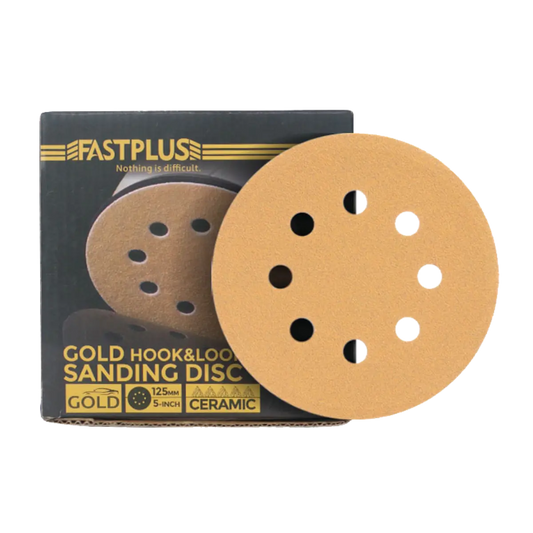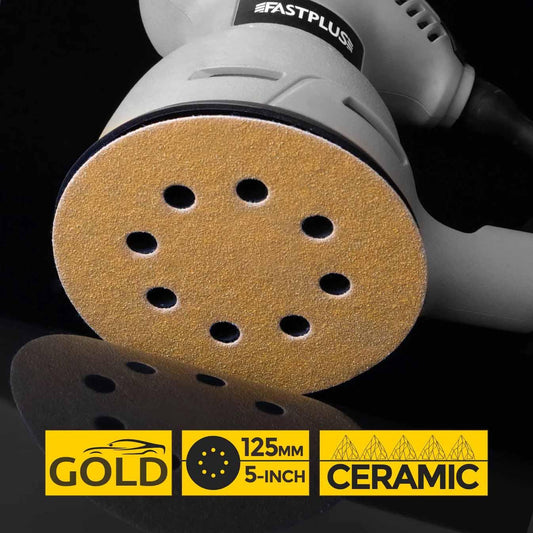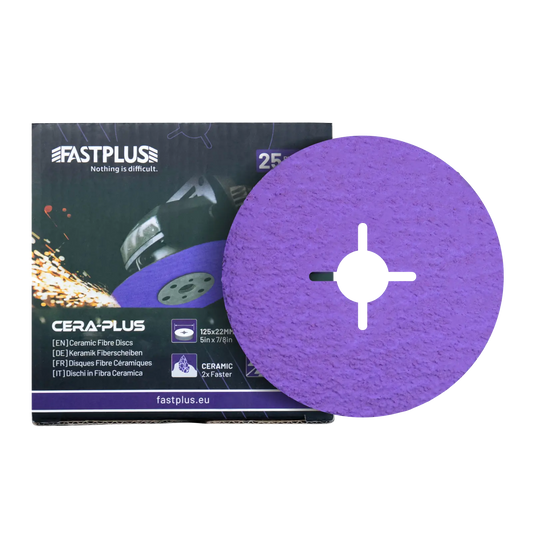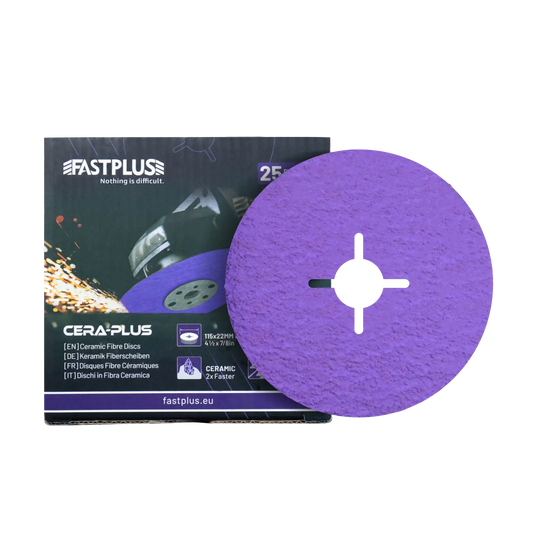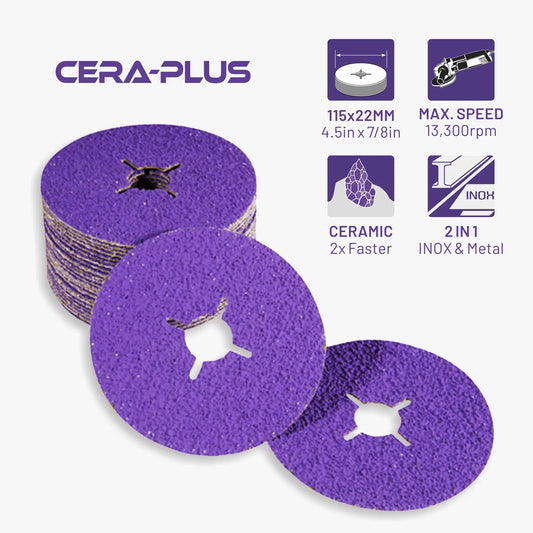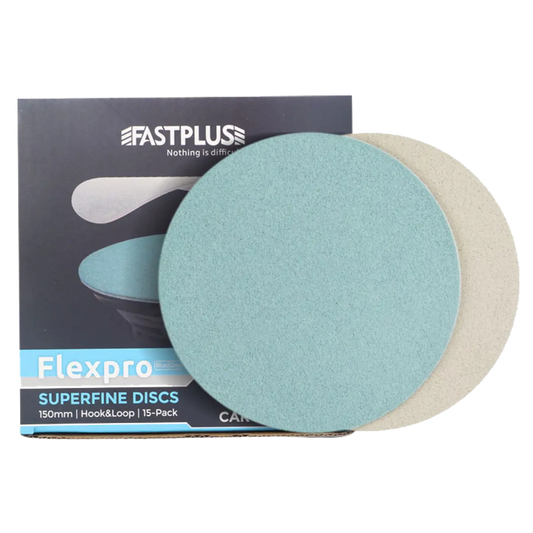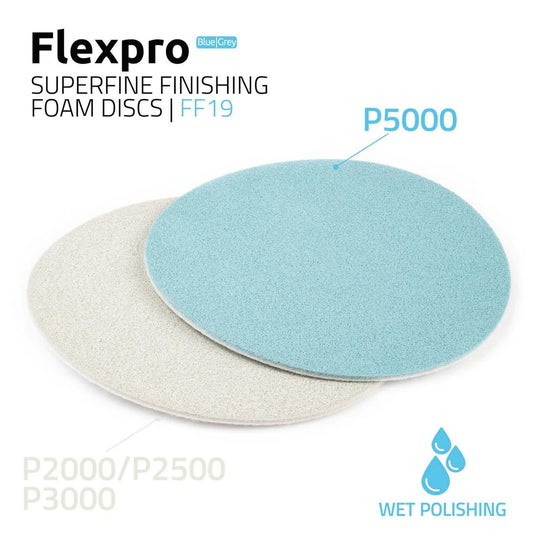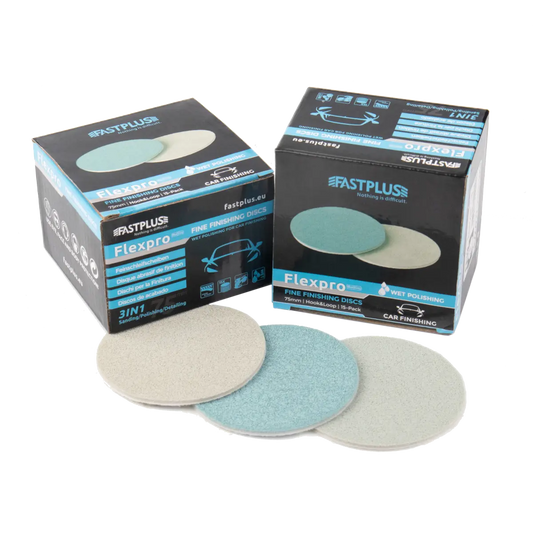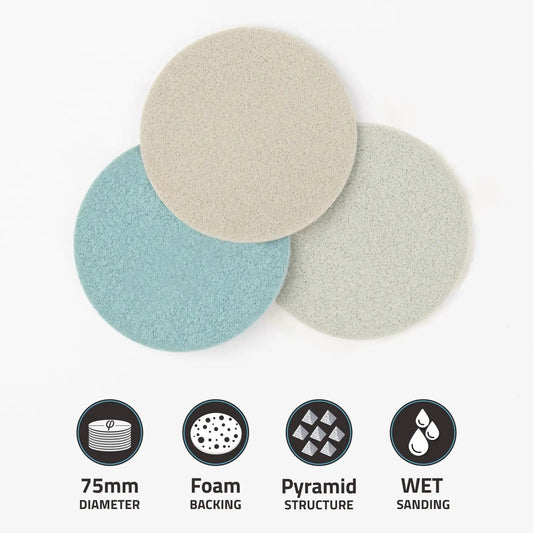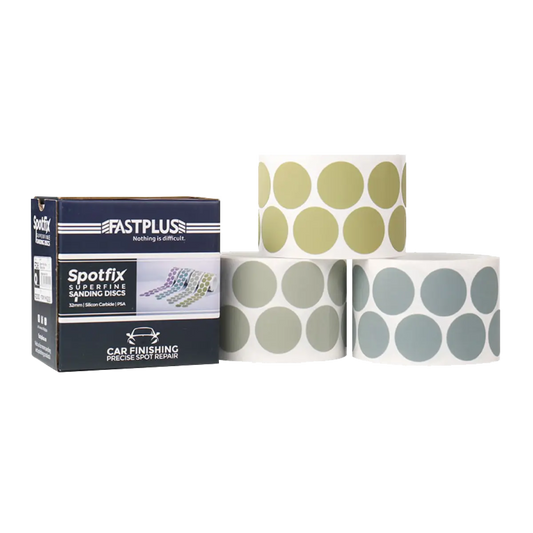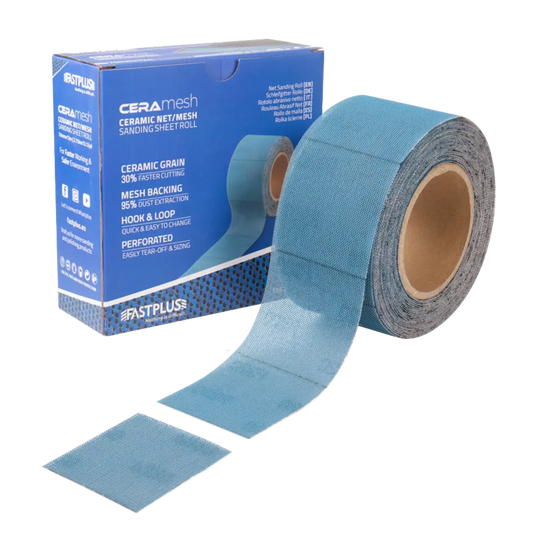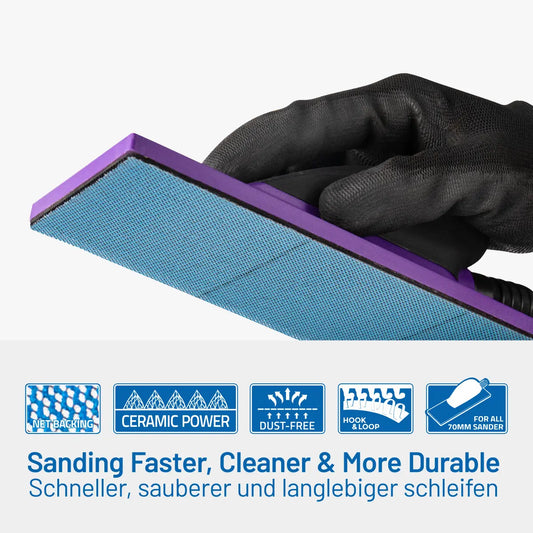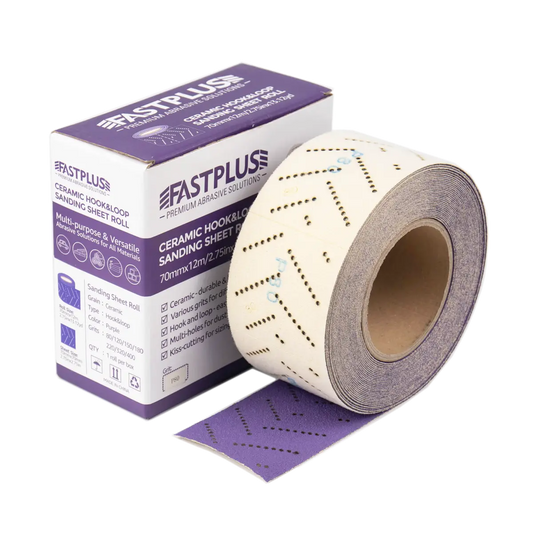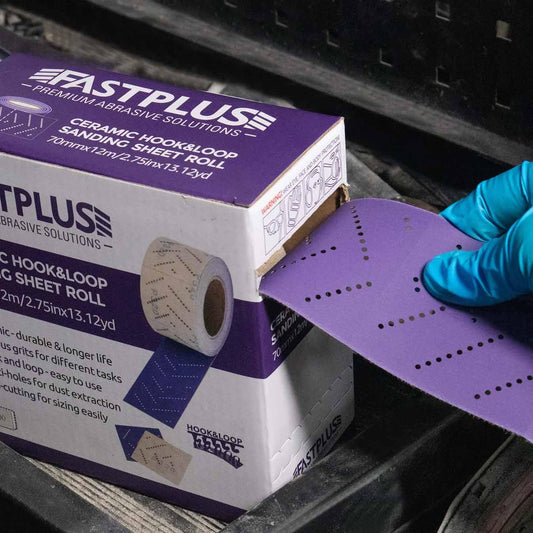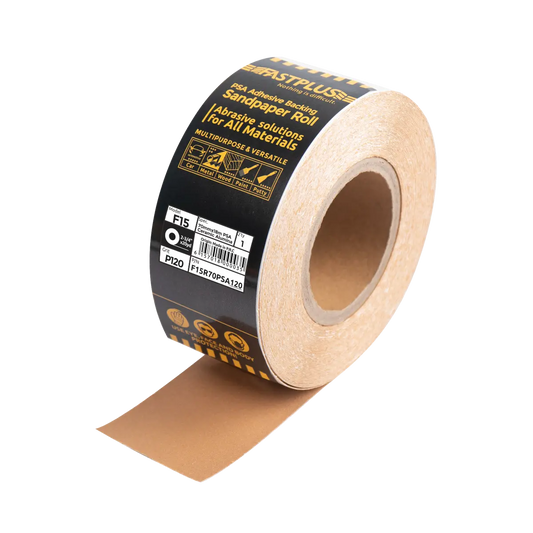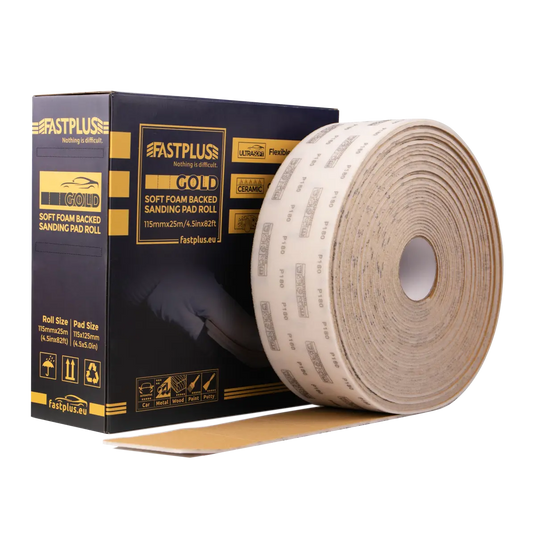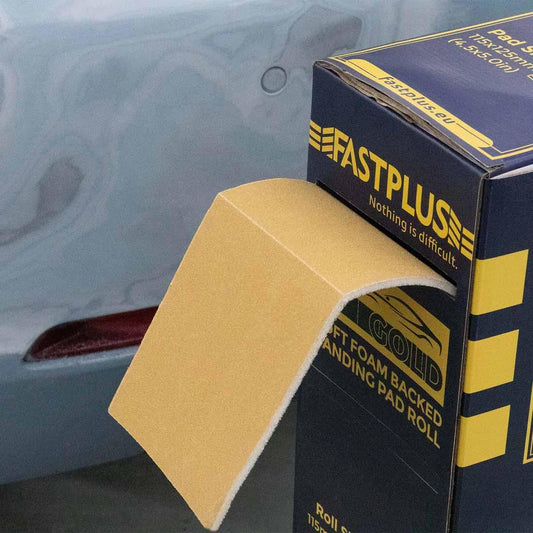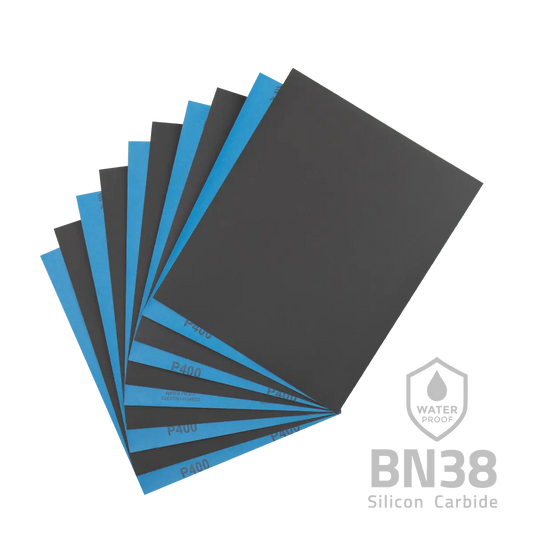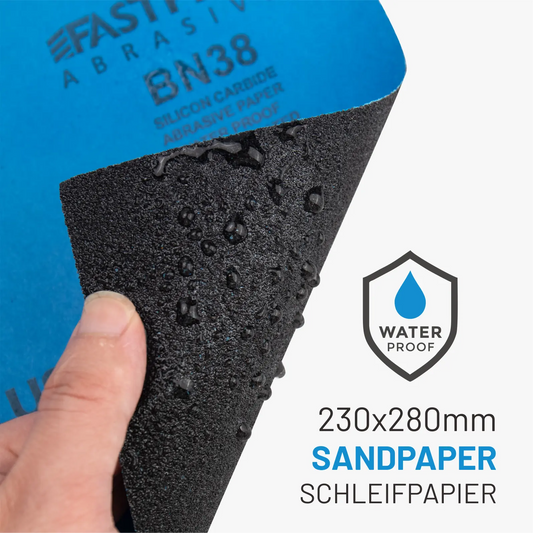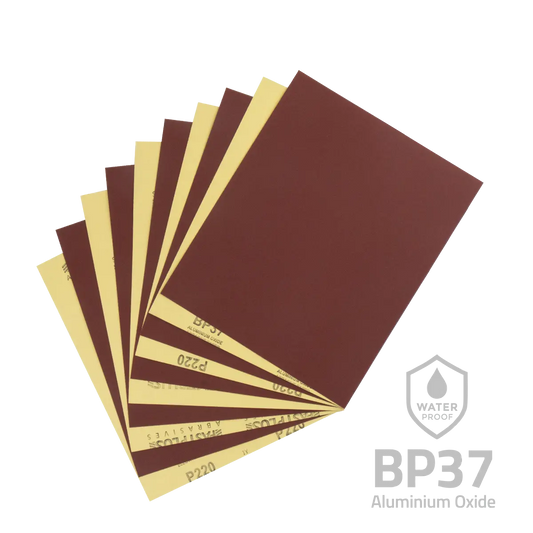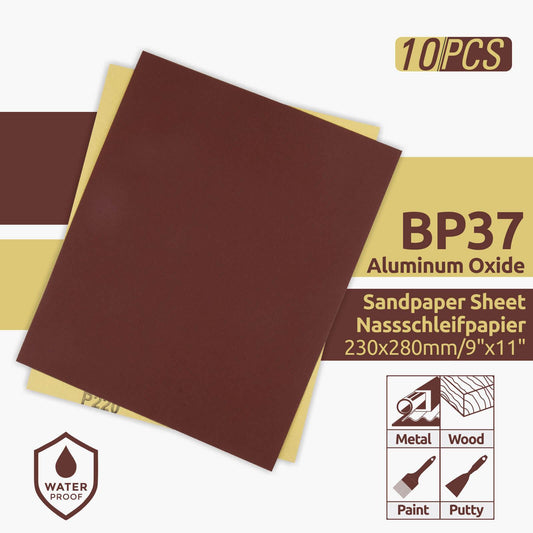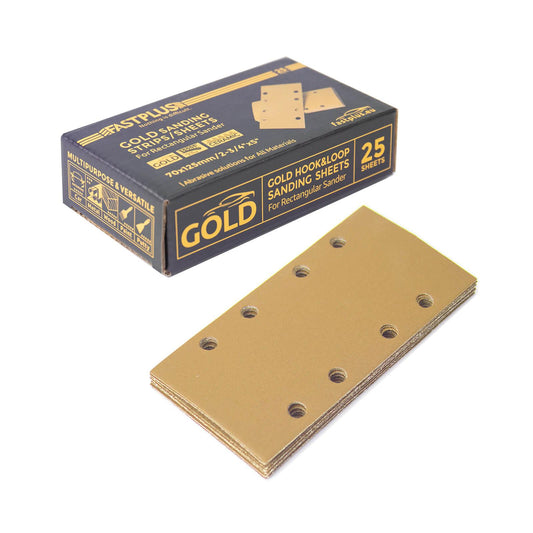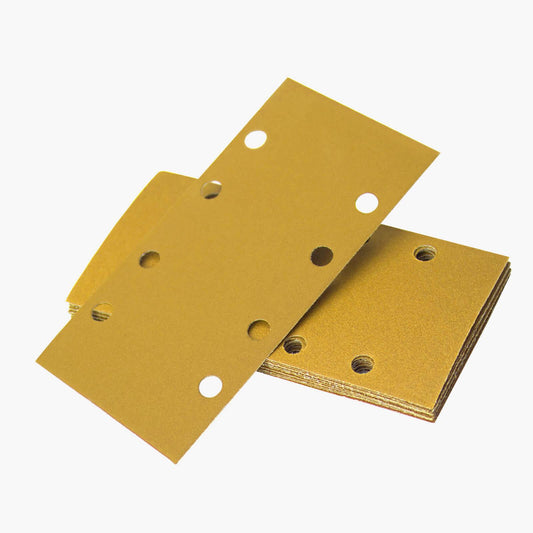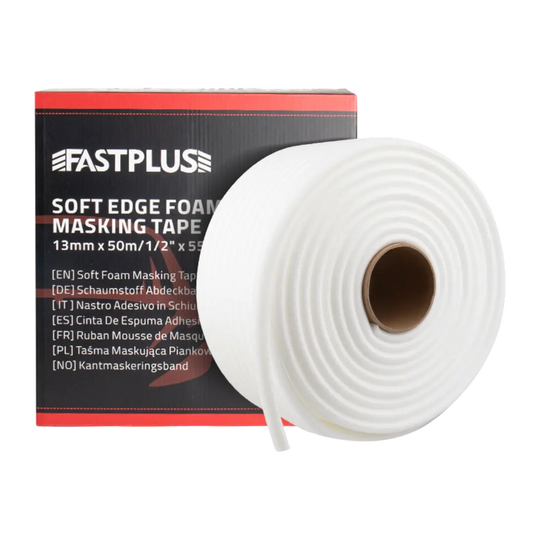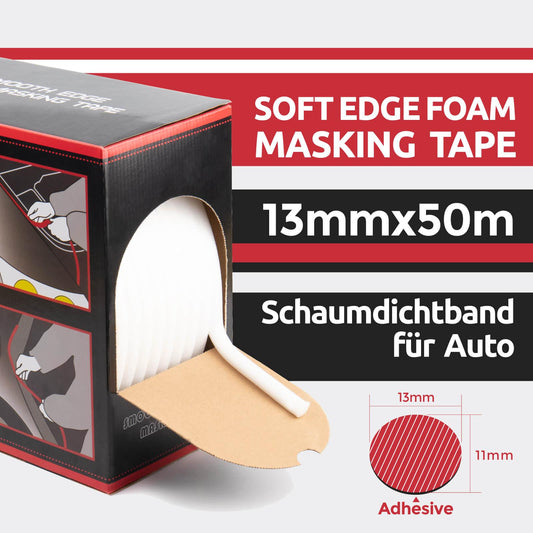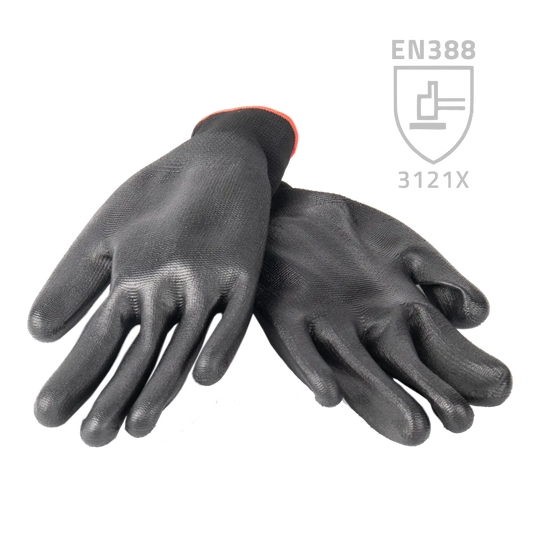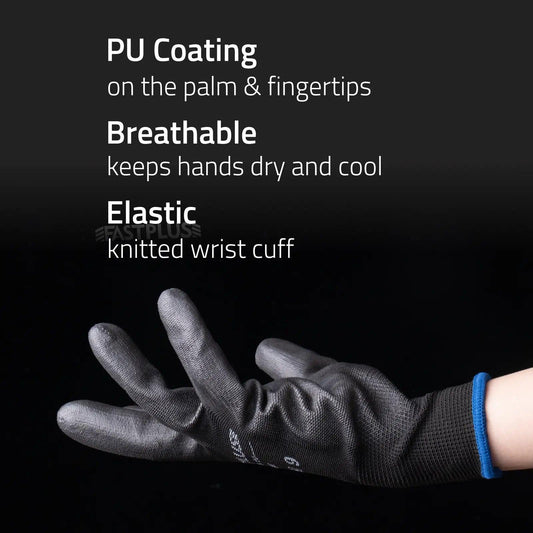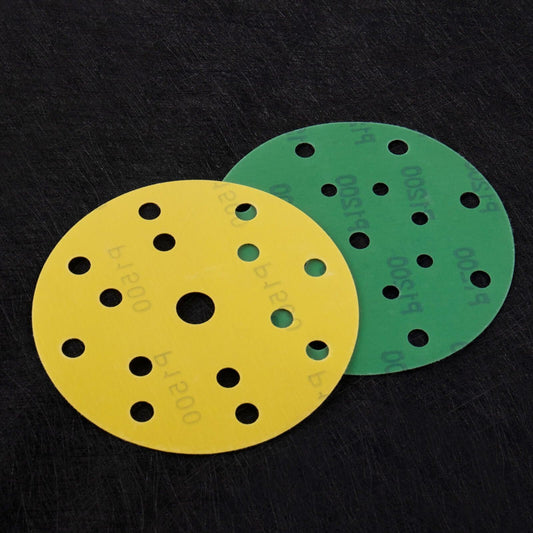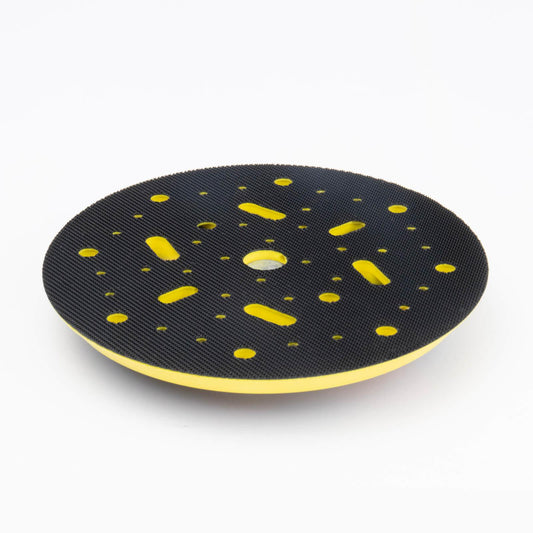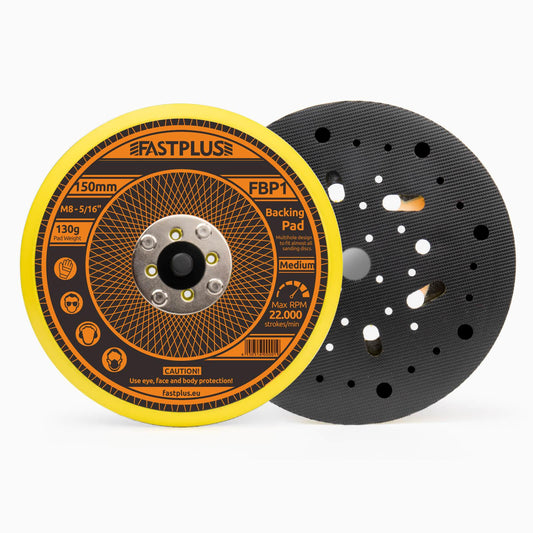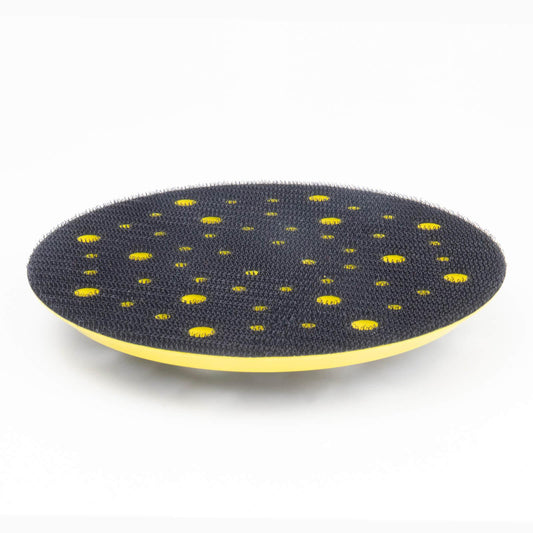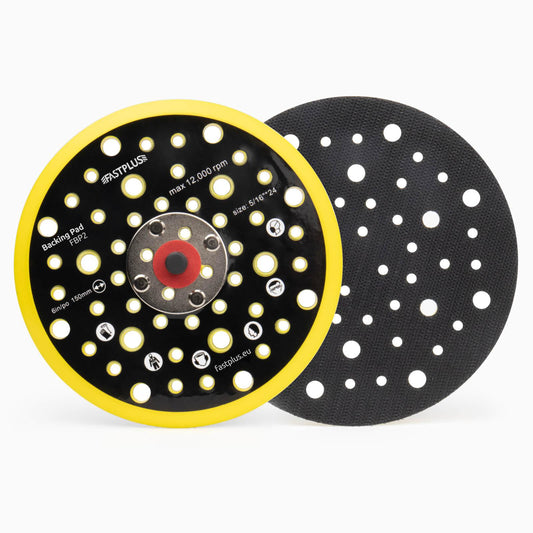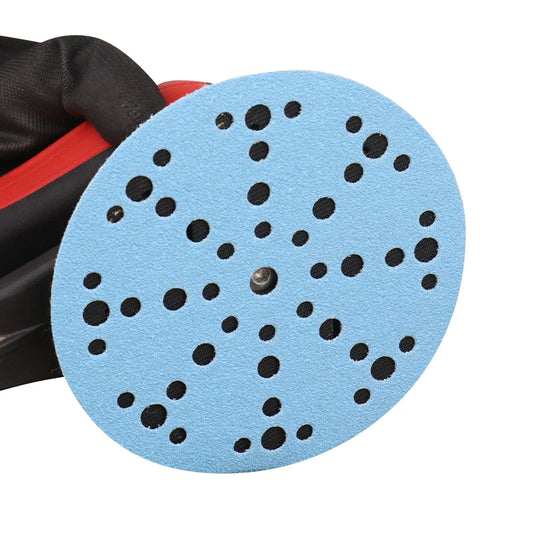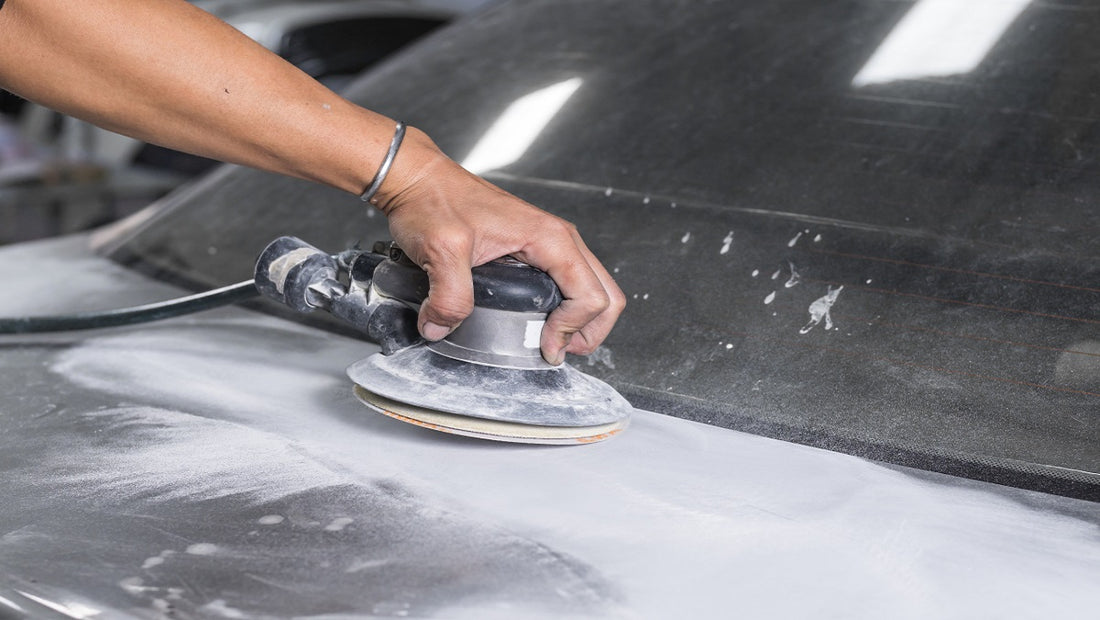
6 Easy Methods to Improve the Sanding Effect of Automotive Paint
Achieving a smooth, flawless finish in automotive paintwork requires meticulous attention to detail and a thorough understanding of the sanding process. Sanding with abrasives for automotive plays a vital role in preparing the surface for painting, by removing imperfections and creating a uniform canvas. This ensures that the new paint adheres evenly and produces a stunning, professional-looking finish.
In this blog post, we'll discuss six easy methods to improve the sanding effect of automotive paint. These tips will help you get a smoother, more professional-looking finish.
#1 Optimizing Sanding Techniques
When it comes to achieving a smooth and flawless finish in automotive paintwork, the selection of tools is just one piece of the puzzle. Equally important are the techniques employed during the sanding process
The Superiority of Machine Sanding Over Hand Sanding
Machine sanding, often performed with random orbit or square plate sanders, offers several advantages over traditional hand sanding:
Consistency: Machines follow a set path, ensuring uniform pressure and motion for an even finish.
Efficiency: Quickly covering larger areas, particularly beneficial for extensive surfaces like car panels.
Reduced Fatigue: Reducing physical strain compared to hand sanding, allowing the operator to focus on achieving the best results.
Minimized Errors: Machines are designed to reduce common human errors, resulting in a more professional outcome.
Recommendations for Hand Sanding Using Fine Grit Sandpaper
While machine sanding is preferred for consistency and efficiency, there are instances when hand sanding is necessary, such as for intricate areas or where machinery isn't practical. In these cases:
Use Fine-Grained Sandpaper: Opt for fine-grit sandpaper to reduce visible marks and achieve a smoother finish.
Apply Consistent Pressure: Ensure even, consistent pressure during hand sanding using a block or soft pad for uniform distribution.
Use a Crosshatch Pattern: Follow a crosshatch pattern, sanding in two directions, to ensure even sanding and minimize scratches.
The Dual Purpose of Fine Grit Sandpaper
Fine grit sandpaper, typically used during the final stages of sanding, serves a dual purpose:
Sanding: Fine grit sandpaper is effective at removing minor imperfections, orange peel texture, and any remaining inconsistencies in the paint surface. It prepares the surface for the polishing stage.
Minimizing Sanding Marks: Fine grit sandpaper also aids in minimizing sanding marks and scratches created during the coarser sanding stages. It provides a foundation for a smoother, more polished finish in preparation for the final steps of the process.
#2 Utilizing Composite Sandpaper
For a flawless automotive paint finish, explore tools and materials that enhance sanding. Foam film sanding disc, a popular composite product, offers unique advantages. Here, we'll discuss its benefits and ideal use cases:
Flexibility and Conformity: Foam film disc is highly flexible and can easily conform to the contours and irregular shapes of a vehicle. This makes it particularly effective for sanding in areas where rigid sandpaper or sanding machines struggle to reach.
Reduced Risk of Over-Sanding: The cushioning effect of the sponge minimizes the risk of over-sanding, which can be a concern when using traditional sandpaper. It provides a degree of forgiveness, making it suitable for both experienced professionals and DIY enthusiasts.
Improved Comfort and Control: The foam film disc is comfortable to hold and use. Its ergonomic design allows for better control and precision during sanding. This is especially valuable when working on delicate or intricate sections of the car's body.
#3 Incorporating Soft Abrasive Sandpaper
Choosing the right sandpaper is critical for top-quality automotive paintwork. Soft abrasive sandpaper, such as Flexpro fine finishing foam disc, offers gentle yet effective abrasion for a refined finish, providing these benefits:
Gentle on Paint Surfaces: Soft abrasive sandpaper is designed to be gentle on paint, with smaller, less aggressive abrasive particles that remove imperfections without harming the underlying paint layer.
Minimized Over-Sanding Risk: Its lower risk of over-sanding, compared to coarser options, prevents uneven surfaces or paint damage, making the sanding process more forgiving.
Perfect for Final Finishing: Ideal for the last stages of sanding, it delivers a mirror-like finish by effectively removing minor scratches and orange peel texture, leaving a smooth and flawless surface.
Reduction in Swirl Marks: Soft abrasive sandpaper minimizes swirl marks that can result from coarser papers, resulting in a blemish-free, scratchless finish.
Enhanced Control and Precision: Soft abrasive sandpaper provides superior control and precision, making it easier to address specific imperfections and intricate areas.
Readiness for Polishing: It serves as an excellent foundation for polishing, ensuring an effective, glossy, and reflective finish.
Versatile Applications: Beyond automotive paintwork, soft abrasive sandpaper is useful in woodworking, metalworking, and general surface preparation, making it a versatile addition to your toolkit.
#4 Enhancing Sandpaper with Pre-Soaking
Pre-soaking wet and dry sandpaper in water is an effective technique to elevate the automotive paintwork process:
Extended Lifespan: Pre-soaking softens the abrasive particles, reducing wear and extending sandpaper life. This means less replacement and more cost-efficient, effective sanding.
Clog Prevention: Water acts as a lubricant, preventing clogging by paint and debris. This maintains sandpaper effectiveness and reduces frequent stoppages.
Enhanced Finish: Pre-soaking minimizes imperfections, providing a smoother and more polished outcome by reducing scratches and swirl marks.
Heat Control: By dissipating heat, pre-soaked sandpaper mitigates the risk of overheating during extended sanding, safeguarding both the paint and the sandpaper.
Dust Reduction: Settling dust particles, and pre-soaked sandpaper enhances workplace cleanliness and reduces airborne dust, creating a healthier environment.
Grit Adaptability: Pre-soaking is versatile, and suitable for various grits, making it ideal for addressing different imperfections and achieving desired finishes throughout the project.
#5 Tool Selection for Enhanced Sanding Effect
Selecting the right tools for automotive paint sanding is crucial for a pristine finish. It impacts both efficiency and quality. Here, we discuss two sanders that enhance the process:
Advantages of 3mm/2.5mm Random Orbit Sander
Random Orbit Motion: This sander's irregular circular motion minimizes swirl marks and ensures an even, smooth surface.
Fine Finish: The 3mm/2.5mm orbit size provides a polished appearance while maintaining the paint layer's integrity.
Efficiency: Random orbit sanders are efficient, covering large areas and handling initial paint removal and finishing stages, reducing the need for multiple tools.
Unique Benefits of the Square Plate Sander
Superior Flatness: Square plate sanders offer excellent flatness, ideal for precise, consistent sanding on flat surfaces like car panels, preventing uneven patches.
Reduced Abrasions and Pigtails: They significantly reduce unwanted abrasions and pigtails that ordinary sanding machines might create.
Enhanced Control: The square design provides a stable, controlled grip, especially beneficial for meticulous work on specific sections.
#6 Enhancing Sanding Efficiency with Buffer Pads
Buffer pads are essential in automotive paintwork to enhance sanding. These soft, cushion-like accessories uniformly distribute pressure, preventing paint surface damage. Buffer pads come in various thicknesses, commonly 5mm and 10mm. These thicknesses provide distinct advantages in the sanding process:
Cushioning Effect: Buffer pads act as a cushion between the sanding machine and the painted surface. This cushioning effect ensures that pressure is evenly distributed across the surface, reducing the risk of uneven sanding or the creation of pressure points.
Reduced Sanding Marks: Buffer pads are particularly effective in reducing visible sanding marks or swirls. The added layer of padding helps in mitigating the impact of the sandpaper, resulting in a smoother and more even finish.
Versatility: The choice between 5mm and 10mm thickness allows for versatility in addressing different requirements. Thicker buffer pads are ideal for areas that require greater pressure dispersion, such as contours, while thinner pads work well on flatter surfaces.
Conclusion
Sanding is a crucial step in automotive paintwork, requiring a careful selection of tools, techniques, and materials. By following the tips and recommendations discussed in this blog post, you can enhance the sanding process and achieve flawless, mirror-like finishes.
Buy Factory-Direct Fastplus Abrasives
Want to purchase high-quality, factory-direct sanding discs, sanding sheet rolls, and film abrasive discs for automotive applications? Try Fastplus Abrasives today and place your orders online!
